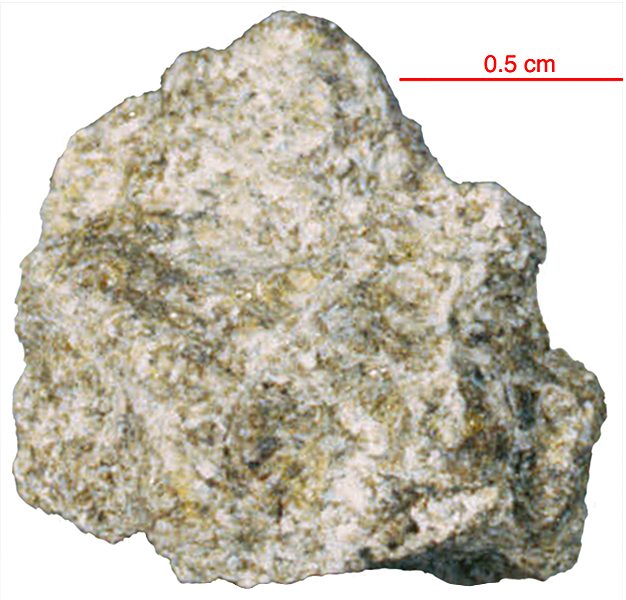
Fact sheet
15651 is a medium-grained olivine-bearing mare basalt with microgabbroic texture. In places the texture has been somewhat cataclasized by shock. Plagioclase feldspar and pyroxene make up 90% of the sample with olivine only occurring as a minor constituent (3%). Pyroxene and olivine are weakly chemically zoned and similar to that of olivine-normative basalts. Opaque minerals occur in clumps. The thin section is slightly too thin (<30 microns) and tapered.
The sample weighed 1.6 grams before analysis and has not been dated.
Further details of this and other Apollo samples are here: http://curator.jsc.nasa.gov/lunar/
The Apollo 15 landing site was in the Apennine Highlands, and close to Hadley Rille — a long, narrow winding valley. Approximately 76 kg of lunar material, including soil, rock, core-tube and deep-core samples, were returned to Earth.
This mission was the first flight of the Lunar Roving Vehicle which allowed the astronauts to venture further from the Lunar Module than in previous missions. During three periods of extravehicular activity, or EVA, on July 31st, and August 1st and 2nd, Scott and Irwin completed a record 18 hours, 37 minutes of exploration, travelling 17.5 miles, in the first car that humans had ever driven on the Moon.
Apollo 15 was launched on 26 July 1971.






